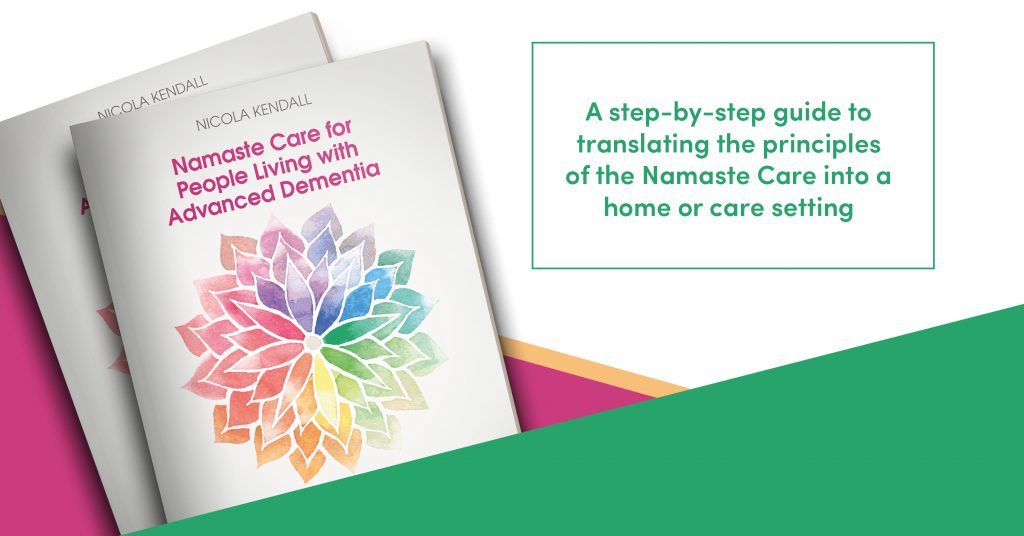
Author of Namaste Care for People Living with Advanced Dementia, Nicola Kendall, discusses the art of dying, and the conversations we should be having with our loved ones.
–
We don’t talk nearly enough about death and dying, especially the process of dying, even though it is our one absolute certainty in life. How do we want to die? Where? Who do we want there? Do we even want anyone there? What do we want the atmosphere to be like? Quiet and peaceful, or full of laughter and song?
I have regular reason to reflect on these questions as we support each of the people that we visit as part of our Namaste Care Project at the end of their life. One very special lady (well they’re all special) died in our hospice a few weeks ago, having deteriorated rapidly and with the community team struggling to manage her pain at home. In that moment, in her home, looking into her eyes, all she wanted was for the pain to stop.
Once she was transferred into the hospice and the pain was under control, her level of sedation meant that she was only able to give us fleeting glimpses of what was going on for her. So, we did the best we could.
Her husband brought in her favourite music to play and kept the lighting in the room subdued and gentle. Her Namaste Care volunteer visited every day and gave her a hand massage, talked to her and ensured the room smelled gorgeous using a calming room spray. She was given excellent care by the hospice inpatient team, who kept her clean and comfortable. Her husband stroked her hair, reassured her, kissed her face and from time to time she would respond with a kiss back. It was very touching and a privilege to witness. The volunteer and me were there as much to support the husband as the lady who was dying in reality, and he told us it had very much eased his emotional pain. The hospice staff reflected that when they entered the room, it was full of love. It was, in the end, a good death. We had created a safe cocoon of warmth and affection for her to take her last breath.
This particular lady was in her late fifties and so it was heartbreakingly painful for her husband to let her go, at a time when they should have been enjoying retirement together. How many of us discuss in detail our wishes and preferences for when the end of our life comes? When is a good time? We all need to get better at having these conversations with our own families and with health care professionals, especially after a diagnosis of a life limiting condition like dementia.
How we die is our legacy to those we leave behind, and I would like it to be a positive one, not one filled with trauma, doubt about doing the right thing and guilt.
As I prepare to begin delivering Namaste Care training to family carers in March, I am very mindful that Namaste Care is an end of life programme, and the people I will be teaching may not be at that stage with their loved one yet, but they will be at some point, and I know with absolute certainty that the gentle, simple power of Namaste Care and the love it enables us to express will undoubtedly help.
Nicola Kendall
Namaste Lead, St Cuthbert’s Hospice
Author of Namaste Care for People Living with Advanced Dementia